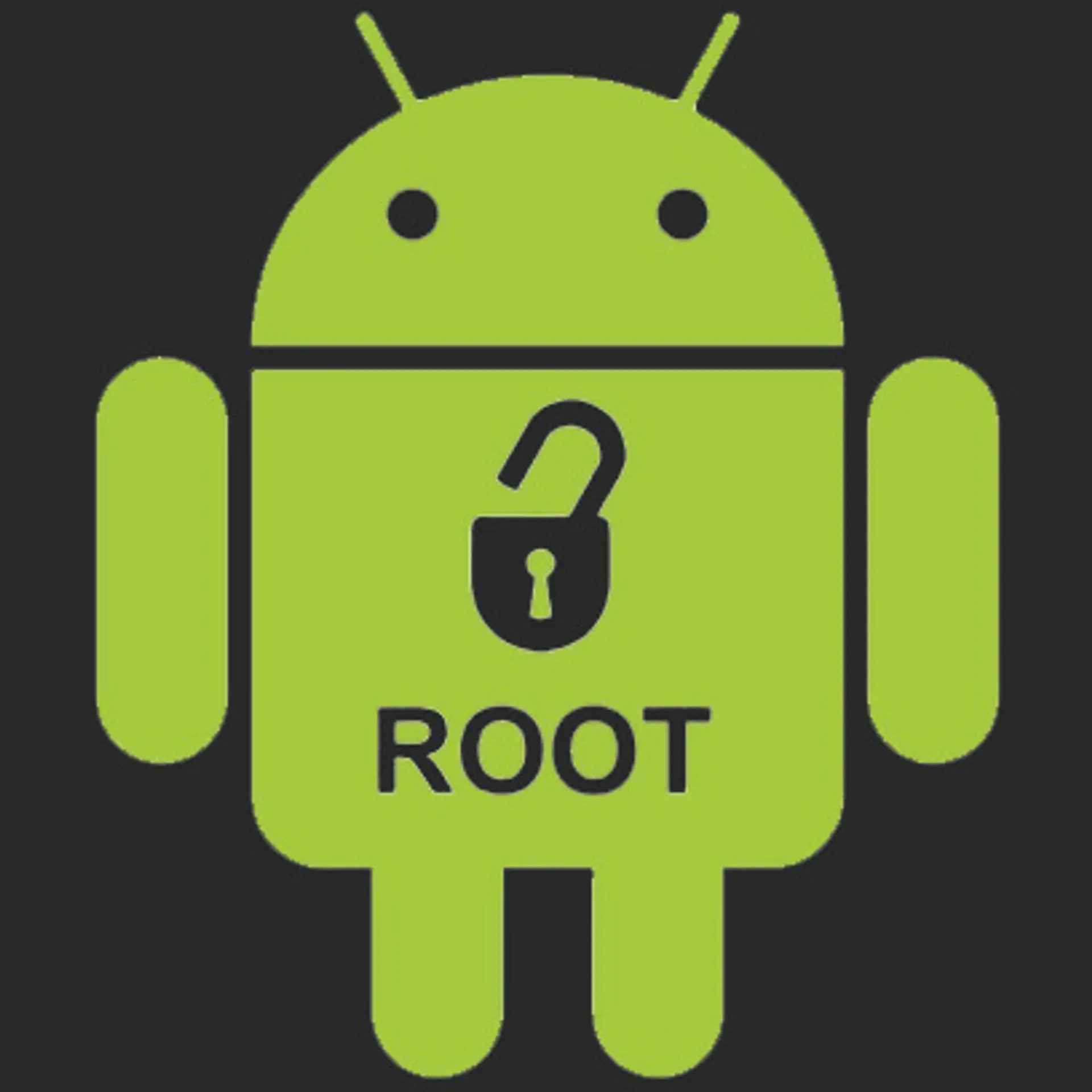

A company’s internal controls are the foundation of a fraud prevention program. When people think of fraud, they tend to associate it fraudulent credit card charges and identity theft. However, occupational fraud committed by employees is another type of fraud.
It occurs because a business lacks the internal controls to stop their employees from committing occupational fraud. This means companies need the ability to detect from and create internal controls to prevent fraud.

Effective Internal Controls Prevent Fraud
Before you can determine what type of internal controls you need to prevent insider fraud, you must understand why it happens. For instance, employee fraud often occurs because of a fraud triangle. Fraud triangle happens when an individual discovers an opportunity to commit fraud.
This opportunity arises from the company’s weakness in its internal controls. In addition, it arises out of the pressures in a person’s life.
For instance, you have an employee with a terminally ill family member. They incur medical debts. The employee may use this family pressure along with the weakness in your control environment to take money. This money is then used to pay off medical expenses.
To prevent this, you must lock down your internal controls.
The Cost of Operational Fraud is Approximately $ 2.75 Million in 2018.
The Association of Certified Fraud Examiners (ACFE) estimates the average corporate loss in 2018 because of fraud was $2.75 million. It is important to note that the ACFE noted few outliers that would impact the results. This means that the loss of $130,000 may be more relevant. The average and mean equals a total loss in 2018 to 2,690 of its members was $7.1 billion.
Types of Occupational Fraud
Asset misappropriation, financial statement fraud, and occupational fraud are the primary types of fraud. Occupational fraud arises from asset misappropriation. However, businesses lose the most money from the financial statement fraud committed.
Financial statement fraud is the understatement and/or overstatement of net income/net worth. Financial statement fraud includes overstatements and understatements of net worth/net income. For example, corporate employees may either report understated revenues or fictitious revenues.
Protecting and Mitigating Fraud
Protecting your business from occupation fraud includes automated and manual controls. For instance, this may include establishing a code of conduct on employee’s behalf. Internal audits also combine with reviews by management to ensure the controls work.
It is possible that code of conduct, internal audit programs, and management review may not protect you against fraud. If an employee wants to steal, they will. Thus, you must establish internal controls to quickly catch fraudulent activities.
This involves protective monitoring, management certification of financial statements and surprise audits. These are the three controls that assist with early detection.
AFCE reports that 72 percent of cases where a business included management’s certification of its financial statements for 12 months saw a 50 percent fraud reduction. Executive/owner occupational fraud represented about 19 percent of cases. This accounted for most of the company losses.
Sarbanes-Oxley Compliance Protects Against Occupational Fraud
The Sarbanes-Oxley Act of 2002 (SOX) compliance requirements involves several different areas such as governance and corporate responsibility. Some security issues are also included in SOX. For instance, SOX 404 focuses on all IT controls related to financial reporting.
SOX compliance holds management accountable for financial reporting. The Boards of Directors are held ethically and legally accountable for the actions of their peers because of the WorldCom and Enron scandals.
Audits require a constant flow of documentation and information between external and internal stakeholders. For instance
Audits require a constant flow of information and documentation between internal and external stakeholders. For instance, SaaS platform provides an organization with multiple ways to enable SOX audit tracking.
Also, SaaS platform allows an organization to map controls across frameworks. This maintains consistency. For instance, SOX compliance and HIPAA compliance both require user-access controls. However, SOX controls focus on financial reporting. HIPAA focuses on maintaining patient privacy. Thus, HIPPA compliance is needed to become SOX compliant.
External auditors require proof an organization has completed tests on its controls while obtaining documentation that is simple to access from a single location. Many companies provide that single source of truth for businesses needing SOX compliance.
This means the company doesn’t have to reach out to multiple stakeholders to access information about the organization and roles. A role-based authorization platform allows any company executive or employee to access information needed for their jobs. This creates cross-departmental communication and saves plenty of time.
Finally, companies that provide these platforms also provide risk heat maps to give easy-to-digest risk analysis. This allows Board of Directors to meet oversight requirements and prove to regulators and auditors they’ve met their due diligence requirements.
Therefore, automating SOX controls testing methods means more than automating internal controls. It means automating the needed documentation to prove internal controls work.






